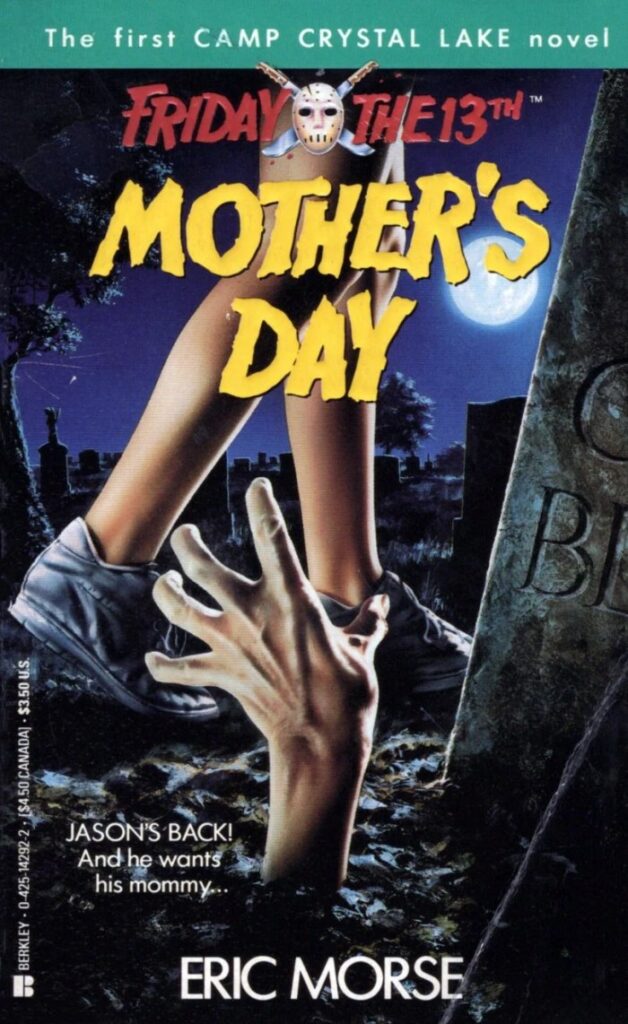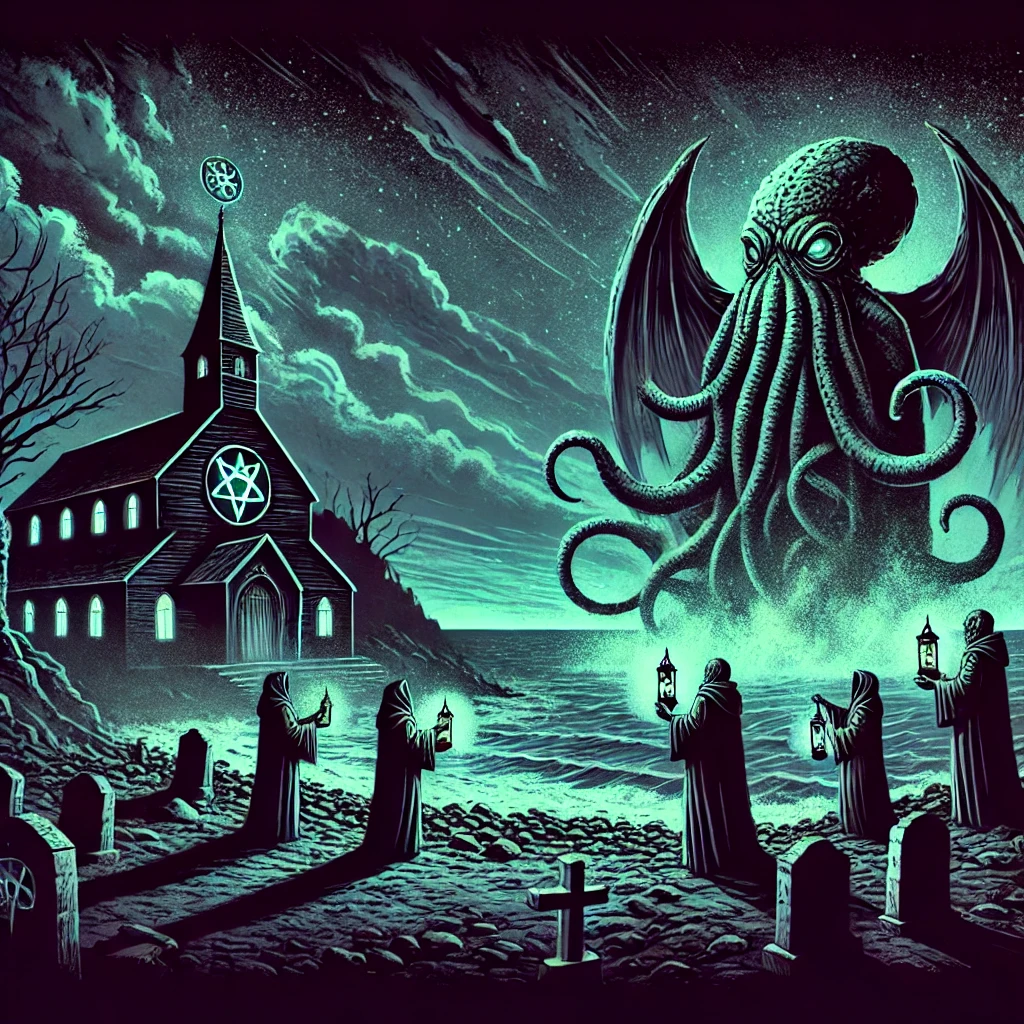Guillermo Del Toro’s Frankenstein is, without a doubt, my most anticipated movie of the year. I simply cannot think of a more perfect marriage of filmmaker and subject. Like Del Toro, my fascination with the mad doctor and especially his creation has been a lifelong obsession. Over the past few years, I have taken on a project of watching and writing about every Frankenstein movie I possibly can, and what I have seen so far has run the gamut from the sublime to the ridiculous. Several have risen to the top as my favorite Frankenstein films ever, though some admittedly adhere to that definition more loosely than others.
So, I’ve compiled a list of what are, in my opinion, the twelve best Frankenstein films from the dawn of cinema until now to watch either after seeing GDT’s film on the big screen this month or before its Netflix premiere in November.
1910s: Frankenstein (1910)

Admittedly, there are not a lot of choices from this decade, but unless the long-lost Life Without Soul (1915) turns up in a basement somewhere, the Edison Company production of 1910 is the only option. That is not to say it is a bad choice; it is quite remarkable in several ways. The fact that we are even able to see it today is something of a miracle, as it was long thought to be lost until it turned up in the garage of a collector in the 1980s. The film itself is very much of its time and, like many films of early cinema, shot mostly in wide, head-to-toe master shots with only a few close-ups. That said, it contains several indelible images, chief among them, the famous look of the creature played by Charles Ogle. The film establishes several conventions of Frankenstein films, particularly the idea that creator and creature are reflections of one another, literally depicted with mirrors throughout this film. Though it is mostly a curiosity for modern audiences, it is still a fascinating and important piece of historic filmmaking.
1920s: Metropolis (1927)

This is where that loose definition of the Frankenstein film comes in. Technically speaking, there was no official film adaptation of Mary Shelley‘s 1818 novel in the 1920s, but there were several movies that either drew from ideas of the novel or inspired future Frankenstein projects. The most notable of these are Robert Wiene’s The Cabinet of Dr. Caligari (1920), Paul Wegener’s The Golem: How He Came into the World (1920), and Fritz Lang’s Metropolis (1927). This remarkable achievement and its most famous images directly inspired the James Whale films to come in the 1930s, namely the creation of the robotic Maria (Brigitte Helm) by the mad scientist C.A. Rotwang (Rudolf Klein-Rogge). In the sequence, the essence of the kind-hearted Maria is transferred via technology and occultism into a cold-hearted robot that Rotwang intends to use for deception and control. Though this sequence is the most Frankenstein-related, the entire film is a masterwork of silent cinema and, without a doubt, among the most influential films of all time. Though much of it was lost for decades, the tireless work of film archivists and restorationists has finally made the nearly complete version of Metropolis available, just within the past decade or so. Though it is nearly a century old, it is just as powerful, effective, and relevant as ever.
1930s: Bride of Frankenstein (1935)

James Whale’s sequel to his own Frankenstein (1931) is, for many, including myself, the absolute pinnacle of Frankenstein films and the crown jewel of the Universal Monsters crown. It takes so much of what is great about the original film and refines it, expands it, and injects it with humor, queer subtext, and a hot streak of anti-authoritarian sentiment. And Whale somehow got it all past the censors. The stars of the original film, Colin Clive as Henry Frankenstein and Boris Karloff as the Monster, return to this sequel and are joined by Ernest Thesiger as Dr. Pretorius, one of the great subversives in all of cinema, and Elsa Lanchester as the Bride. Because of the success of the original film and his The Invisible Man in 1933, Whale essentially had carte blanche with the script and production and created one of the most stylish and celebrated horror films of all time. To this day, Bride of Frankenstein remains one of the great sequels in all of cinema and a magnum opus of the classic horror era. In the 90 years since its release, it has not lost one bit of its ability to provoke, move, and above all, entertain.
Honorable Mentions: Frankenstein (1931), The Walking Dead (1936), Son of Frankenstein (1939)
1940s: The Lady and the Monster (1944)

This will be a less familiar title to most, but The Lady and the Monster is a wonderful gem of 1940s horror filmmaking. As Universal entered into a second phase of monster movie creation in the decade, often teaming up their monsters into gigantic and increasingly kid-oriented monster mashups, other studios took a different approach. The Lady and the Monster, made by the not-quite-poverty-row studio Republic Pictures, features Richard Arlen and Erich von Stroheim as a pair of neuroscientists who preserve the brain of a millionaire only to find that it has developed telepathic powers and the ability to control the minds of others. Based on the novel Donovan’s Brain by Curt Siodmak (most famous for writing Universal’s The Wolf Man), the film was remade under the novel’s title in 1953, starring actress Nancy Davis, who would become much more well known by her married name, Nancy Reagan. That later version is a lot of fun, but this original adaptation is far creepier and more sinister.
Honorable Mentions: House of Frankenstein (1944), Abbott & Costello Meet Frankenstein (1948)
1950s: The Curse of Frankenstein (1957)

Gothic horror was essentially declared dead when Abbott & Costello began meeting the monsters in the late 1940s, and horror focused on aliens, giant bugs, eco-horrors, and nuclear fears throughout most of the 1950s. England’s Hammer Films decided to take a risk and resurrect the classic monsters in a series of films beginning with The Curse of Frankenstein, followed by Dracula (1958), The Mummy (1959), The Curse of the Werewolf (1961), and a slew of other Gothic horrors, most with a bevy of sequels. But The Curse of Frankenstein kicked it all off and remains one of the all-time great Frankenstein films. To avoid any whiff of litigation coming from Universal, Hammer shifted the focus of its film from the monster, which was also redesigned, to the Baron Victor von Frankenstein, played with psychopathic relish by the great Peter Cushing in one of his best performances. Though set in the Victorian past, the film leaned into modern sensibilities, upping the gore and sexuality to levels never before seen in gothic horror. With excellent supporting performances from Hazel Court, Robert Urquhart, and, of course, Christopher Lee as the monster, a crackerjack script by Jimmy Sangster, and stylish direction by Hammer’s greatest director, Terence Fisher, The Curse of Frankenstein remains a key and revolutionary work of the horror genre and, with beautiful recent restorations, continues to thrill.
Honorable Mentions: Donovan’s Brain (1953), I Was a Teenage Frankenstein (1957), The Revenge of Frankenstein (1958)
1960s: Frankenstein Created Woman (1967)

Though the consensus favorite of the Hammer cycle seems to be Frankenstein Must Be Destroyed, I find Frankenstein Created Woman to be the sequel I return to most. Though still plenty sinister, Cushing’s Baron Frankenstein is a bit more of a sensitive soul in this entry and takes something of a supporting role to the central story of his assistant Hans (Robert Morris) and his love for Christina (Susan Denberg). While protecting the disabled Christiana from a group of rich thugs who attempt to assault her, Hans is framed for murder and executed by the guillotine. Witnessing his execution, Christina throws herself into the river, drowning herself. Frankenstein then transfers Hans’s soul into Christina’s restored body, and a revenge plot ensues. The film is, ostensibly, the Bride of Frankenstein of the Hammer cycle, but takes a much different approach. It is more metaphysical, focusing on the nature of the soul rather than mere biology. All told, the film is something akin to Romeo and Juliet meets Lady Snowblood by way of Frankenstein, The Exorcist, and God Told Me To. If that sounds at all appealing, I imagine Frankenstein Created Woman will please most Frankenstein fans.
Honorable Mentions: The Brain that Wouldn’t Die (1962), Frankenstein Conquers the World (1965), Mad Monster Party (1967), Frankenstein Must Be Destroyed (1969)
1970s: Young Frankenstein (1974)

Drawing inspiration primarily from the first three Universal Frankenstein films, Mel Brooks’s Young Frankenstein is among the greatest comedies in cinema history. It stars Gene Wilder as Frederick Frankenstein (it’s pronounced Fronkensteen), the grandson of the notorious monster maker, who travels to his family estate in Transylvania, where he creates his own monster, played by Peter Boyle. The film explores with great humor and surprising sensitivity the nature of identity and destiny in ways that go far beyond simple parody. With remarkable supporting performances by Marty Feldman, Teri Garr, Cloris Leachman, Madeline Kahn, Kenneth Mars, and Gene Hackman, Young Frankenstein is the ideal marriage of love and lunacy. The affection that co-writers Wilder and Brooks have for the original material is palpable, and the recreation of the look and feel of Whale’s classics is spot on. So few films can be described as perfect, but Young Frankenstein is one of them.
Honorable Mentions: Flesh for Frankenstein (1973), Frankenstein: The True Story (1974), The Rocky Horror Picture Show (1975)
1980s: Re-Animator (1985)

Stuart Gordon‘s feature debut remains one of the greatest and goriest horror comedies ever made. Though based on a series of stories by H.P. Lovecraft rather than being a direct Frankenstein adaptation, Re-Animator certainly qualifies for this list. It is very much in the vein of the crazy body and brain-swap movies of the 40s and 50s, but with a gory 80s update. Starring Bruce Abbott, Barbara Crampton, and Jeffrey Combs as Herbert West, the Re-Animator of the title, the film is simultaneously beloved and notorious, especially for its infamous scene of a detached head, well…giving head. Pushing the envelope in every conceivable way, Re-Animator is the definition of subversive filmmaking and captures the spirit of Shelley, Lovecraft, Universal, Hammer, and the blood-soaked ’80s all at once.
Honorable Mentions: The Man with Two Brains (1983), Frankenweenie (original short, 1984), Weird Science (1985), The Monster Squad (1987)
1990s: Body Parts (1991)

This was my toughest choice for this list (I changed my mind three times) and will no doubt be my most controversial pick, especially considering the big, lavish option from this decade. Body Parts is the most singular and unique take on the subgenre of the era and is a kind of Frankenstein in reverse, with body parts from one man being distributed to other people rather than one body being made from many parts. The film follows psychologist Bill Chrushank (Jeff Fahey), who loses his right arm in a near-fatal car accident. The arm of serial killer Charles Fletcher is grafted onto his body by Dr. Webb (Lindsay Duncan), and he soon discovers that the arm sometimes seems to have a mind of its own. Body Parts is unique in its approach but also in its exploration of Dr. Webb’s motivations regarding the supremacy of medical experimentation and technological progress over human suffering. It asks deep questions of where evil resides—in the soul, mind, heart, or flesh?—all with plenty of action and gore to create one of the most entertaining horror films of the entire decade. And, on top of all that, it features an unforgettable supporting performance from the great Brad Douriff.
Honorable Mentions: Frankenhooker (1990), Edward Scissorhands (1990), Mary Shelley’s Frankenstein (1994)
2000s—May (2002)

Being a socially awkward young woman, May (Angela Bettis) finds it very difficult to connect with people. But as her mother always told her, “If you can’t find a friend, make one.” Lucky McKee’s May is among the most unusual and innovative takes on the themes and ideas of Frankenstein to date and among the greatest horror debuts ever. The story unfolds quietly and deliberately but remains engaging from the first frames to its bizarre, and oddly beautiful, final moments. Angela Bettis gives one of the best performances in any horror movie of the decade, imbuing the odd duck that is May with nuance and deep empathy. With excellent supporting performances from Jeremy Sisto and Anna Faris, along with its intelligent writing and stylish direction, May is a masterclass in independent filmmaking and reinventing a classic idea. Thanks to its recent release on physical media from Vestron and its appearance on high-profile streaming services like The Criterion Channel, I truly hope that May is rediscovered for the great film that it is.
Honorable Mentions: Frankenstein (2004)—a surprisingly solid TV film and the most faithful adaptation of Shelley’s novel that I have seen to date.
2010s: Depraved (2019)

After reinventing vampires with Habit (1995), it was only a matter of time before Larry Fessenden, horror’s greatest living independent filmmaker, tackled Frankenstein head-on. Released just before the recent explosion of Frankenstein-esque films, Depraved sets the action in modern-day New York City and deep into the psychology of our contemporary period. Along with rich themes of violence, PTSD of soldiers returning from recent conflicts in the Middle East, and the controversial practices of the pharmaceutical machine, the film is, at its heart, an exploration of the need for young men to be guided and mentored by loving and caring fathers and father figures. The creature (Alex Breaux) is guided by creator Henry (David Call) and Polidori (Joshua Leonard), neither of whom makes very positive role models, and the depraved sins of these fathers are eventually passed on to this son of theirs, who struggles to overcome it all. Though Depraved has not yet garnered the respect of some of Fessenden’s other films, its powerful themes, nuanced approach, emotional depth, and fiercely modern take on the familiar myth make this a film ripe for rediscovery.
Honorable Mentions: Frankenweenie (animated feature 2012), Frankenstein (2015—directed by Bernard Rose)
2020s: Poor Things (2023)

Willem Dafoe in POOR THINGS. Photo by Yorgos Lanthimos. Courtesy of Searchlight Pictures. © 2023 20th Century Studios All Rights Reserved.
In recent years, there has been a veritable explosion of Frankenstein and Frankenstein-adjacent films, from big-budget spectacles to tiny indies. Of all these, perhaps the most provocative, controversial, and celebrated is the Yorgos Lanthimos-helmed Poor Things, starring Emma Stone in an Oscar-winning performance as Bella Baxter. The film is essentially a story of maturing. Bella’s story begins with infantile joy at her “father” Godwin Baxter’s (Willem Dafoe) strange quirks before turning to pleasures of the flesh with Duncan Wedderburn (Mark Ruffalo). Eventually, Bella is nearly crushed by the pain she sees in the world around her before returning home and finding out who she really was before being brought into her new existence by Godwin. Poor Things is a thematically rich exploration of womanhood, the soul, and identity. It is, at turns, extraordinarily funny and almost unbearably heartrending, but always entertaining. Poor Things remains one of the great films of the decade so far and may well claim a place in the greatest films of the century so far in the years to come.
Honorable Mentions: Birth/Rebirth (2023), The Angry Black Girl and Her Monster (2023), Lisa Frankenstein (2024)
The post Body and Soul: The Best of ‘Frankenstein’ Through the Decades appeared first on Bloody Disgusting!.


